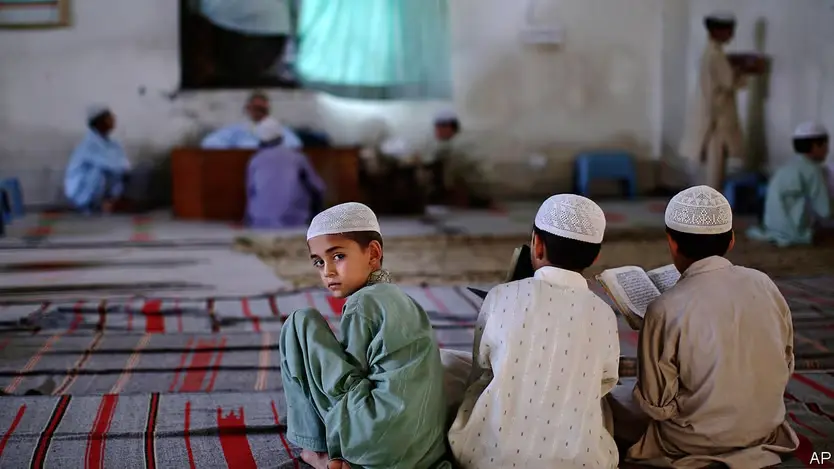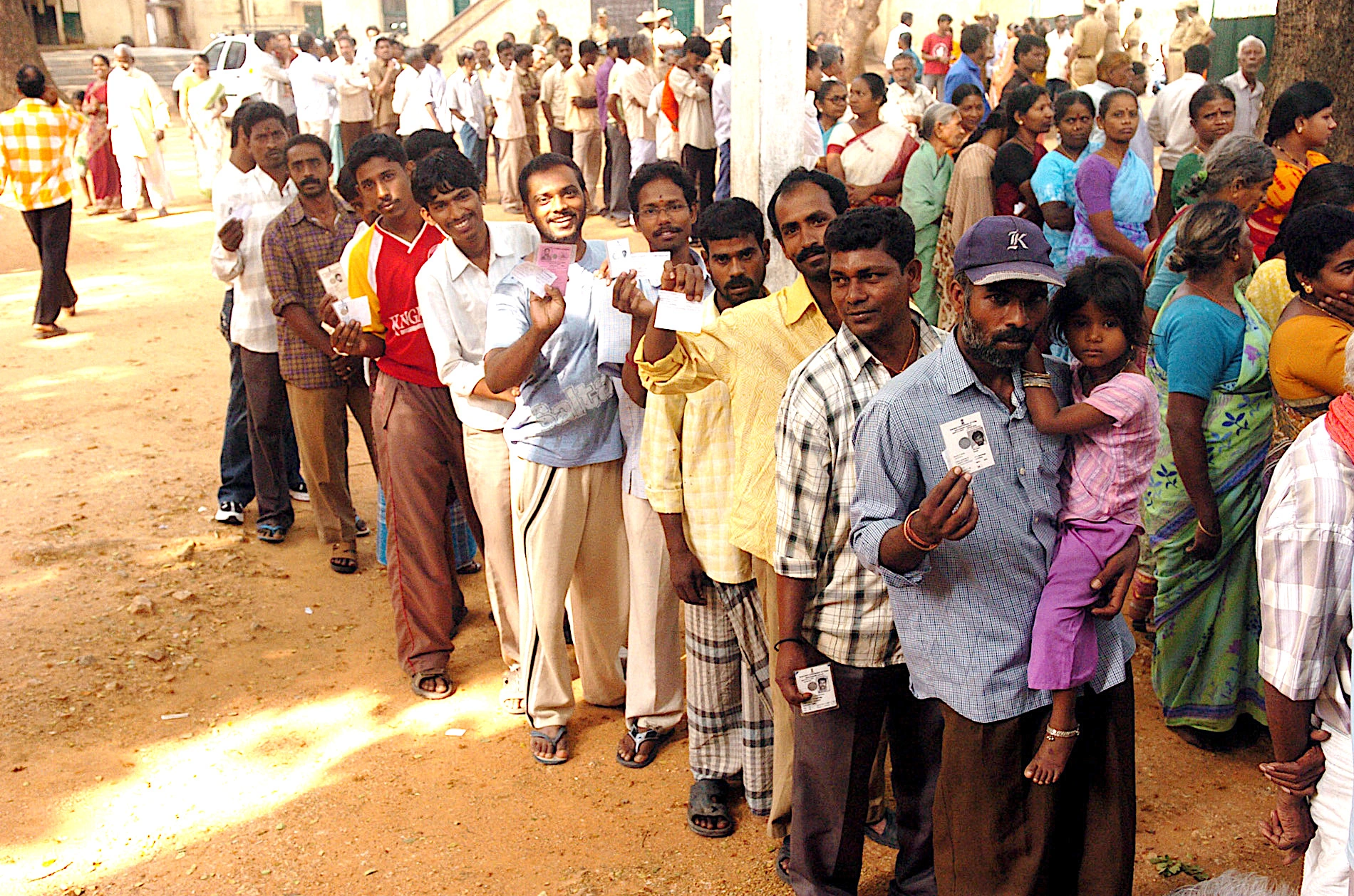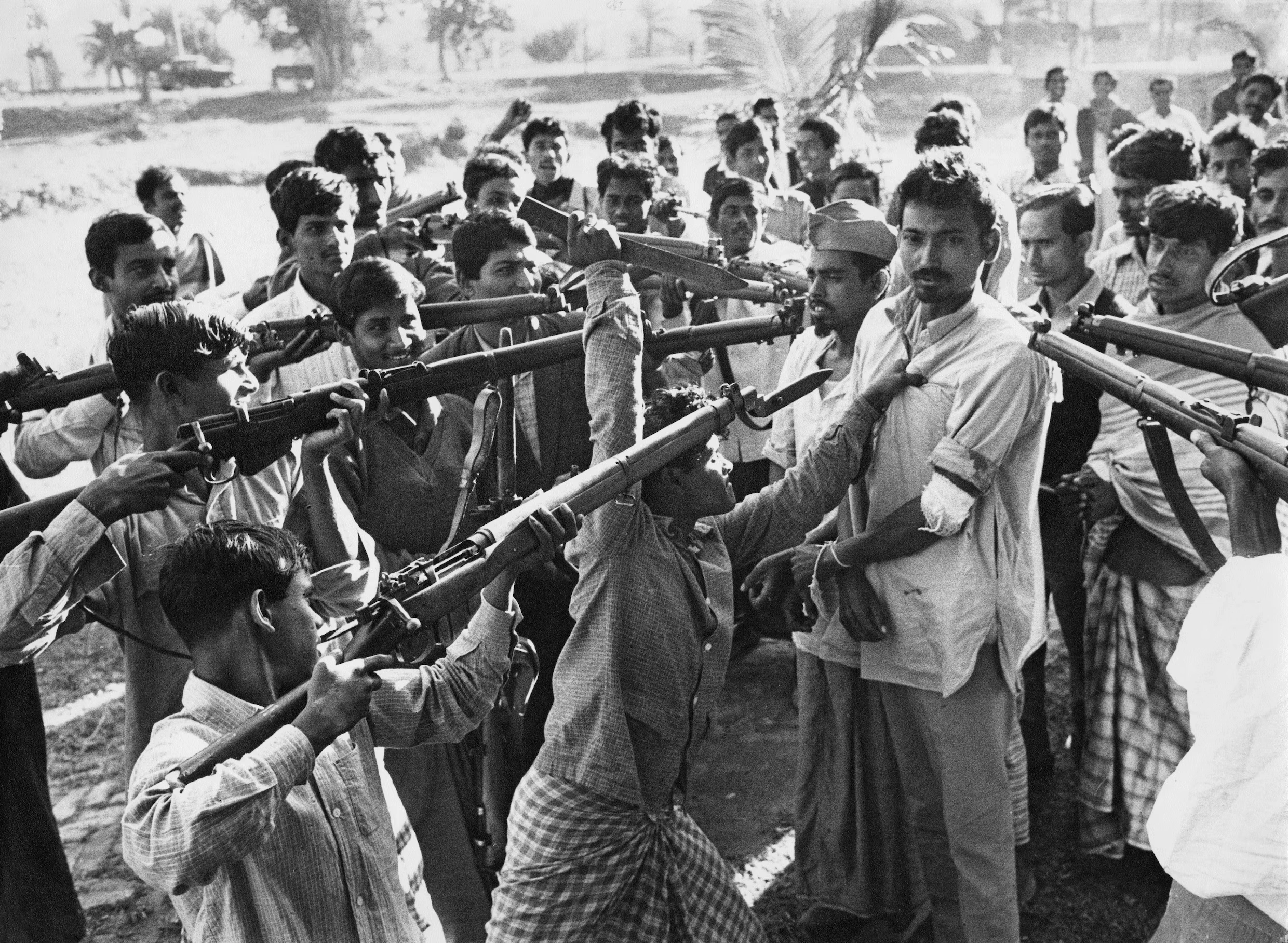In 2012, 135 people, including soldiers from Pakistan Army’s Northern Light Infantry (NLI) and civilians, were martyred in Gayari Sector Avalanche. The incident occurred at an altitude of about 4,000 meters and 300 km northeast of Skardu (capital of Gilgit-Baltistan). It was by far the worst avalanche to take place in the region.
The incident occurred on 7th April 2012. However, a month later, on 29th May the death of 129 soldiers and 11 civilians was announced. The Incident took place on the world’s highest battleground of Siachen. This region has been a battleground since 1984 when India moved in its forces. A ceasefire agreement took place between Pakistan and India in 2003.
Reportedly, the time of Avalanche was 02:00 hours on 7th April. The Avalanche broke off at 4560 meters above sea level and 1300 meters away from the camp. After the avalanche hit the base camp, all communication discontinued. It was later reported that the commander and colonel were present in the camp at the time of the incident.
Climate: An enemy at the highest Battlefield:
The rescue operation in Gayari sector began on 9th April as it could not take place on 7th-8th April due to harsh weather. A total of 452 people, 69 civilians, and 383 soldiers, alongside 8 experts from the United States were making efforts of removing the glacier. The operation was led by Chief of Army Staff, General Kayani.
Several experts blamed the harsh weather for the avalanche incident. Others blamed heavy Indian military activity in Siachen for melting ice, thus, causing an avalanche. A conspiracy theory blamed the Indian KALI (Kilo Ampere Linear Injector) project for melting ice near the camp.
The incident caused a wave of shock and mourning through the Pakistani public. Moreover, it brought global attention and political support from the Indian Prime Minister who offered President Zardari assistance in the rescue operation. It also got the US sending 8 experts from the Kabul base. The government of Pakistan and the Pakistan Army declared all soldiers martyred.






